Teak Wood Plantations: An Investment for Your Future
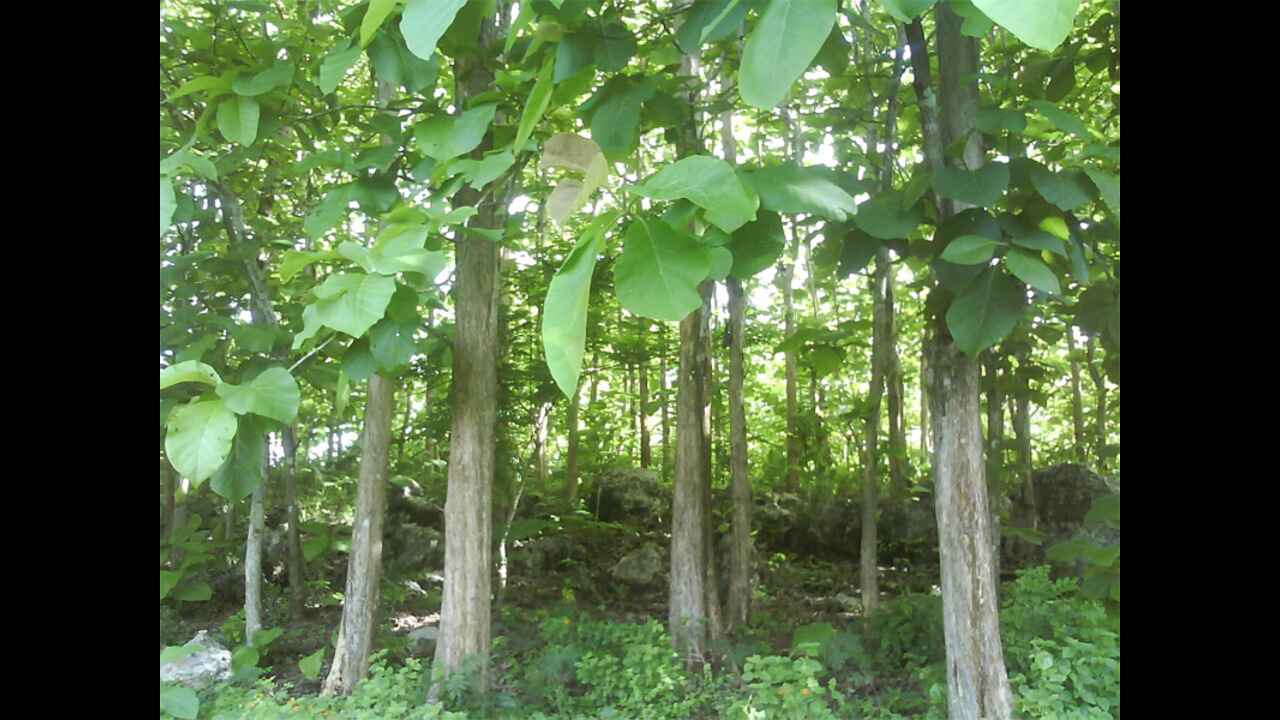
Teak Wood Plantations: An Investment for Your Future
If you’re looking for an investment that will appreciate in value over time, look no further than teak wood plantations. Teak is one of the most durable and valuable hardwoods in the world, making it a wise investment for the future. Not only does teak wood have a high monetary value, but it also has a number of environmental benefits. Teak trees are well known for resisting drought and can be instrumental in fighting climate change. They help by sequestering carbon dioxide. If you’re considering investing in a teak wood plantation, read on to learn more about the benefits of this smart investment.
What is Teak Wood?
When it comes to outdoor furniture, teak is the gold standard. Teak is a highly durable hardwood with a high oil content that makes it ideal for outdoor use. It is also a very beautiful wood, with a rich, golden color that ages gracefully to a silver-gray patina.
Teak grows in tropical climates and is native to Southeast Asia. However, most of the teak used in furniture today comes from plantations in countries like Burma, Brazil and Indonesia. The majority of teak furniture on the market is mass-produced, but there are also a number of high-end brands that use only the finest quality teak.
Teak furniture can be quite expensive, but it is worth the investment. Teak is low maintenance and will last for many years with proper care. If you are looking for an investment piece of furniture that will give you years of enjoyment, teak is the way to go.
Teak Wood Plantations: An Investment In Your Future
Investing in teak wood plantations is a great decision for future financial security. They offer many benefits, including the potential to generate income and appreciate in value over time.
When it comes to choosing a plantation location, there are a few things to consider. The climate is important, as teak trees need warm weather to thrive. They also need well-drained soil and plenty of sunlight.
The size of the plantation is another important factor. It should be large enough to support a healthy population of teak trees, but not so large that it becomes difficult to manage.
Once you’ve chosen a location and set up your plantation, it’s important to care for the trees properly. This includes regular pruning and fertilization, as well as pest and disease control.
With proper care, your teak plantation can provide you with many years of enjoyment – and financial security.
The Different Types of Teak Wood Plantations
There are two different types of teak wood plantations: those that are grown for the purpose of producing timber, and those that are grown for the purpose of producing essential oils. Timber plantations are generally located in tropical regions, while oil plantations can be found in any number of countries around the world.
Each type of plantation has its own set of benefits and drawbacks. For example, timber plantations tend to require less maintenance than oil plantations, but they also take longer to mature and produce a lower yield. Oil plantations, on the other hand, can be harvested more frequently and produce a higher yield, but they require more frequent maintenance.
No matter which type of plantation you choose, there are a few things to keep in mind in order to ensure that your investment yields the best possible return. First and foremost, it is important to select a reputable nursery or seed supplier. This will help to ensure that the trees you plant are healthy and vigorous. Additionally, it is important to consult with an experienced forester or agronomist before planting your trees. They will be able to advise you on the best species of tree to planted in your particular climate and soil type
There are three main types of teak wood plantations: small-scale, medium-scale, and large-scale.
Small-scale teak wood plantations are usually family owned and operated. The trees are planted close together, and the forest is managed using traditional methods passed down from generation to generation. These types of plantations produce a high quality timber, but the yield is relatively low.
Medium-scale teak wood plantations are typically owned by companies or individuals who have invested in the forestry industry. The trees are planted further apart than on small-scale plantations, and various management techniques are used to maximise yields. These plantations generally produce a lower quality timber than small-scale plantations, but the yields are much higher.
Large-scale teak wood plantations are owned by government agencies or large corporations. The trees are planted even further apart than on medium-scale plantations, and advanced management techniques are employed to achieve the highest possible yields. The timber produced on these plantations is of the lowest quality, but the yields are extremely high.
Pros and Cons of Teak Wood Plantations
Teak wood plantations can be a great investment, providing you with a renewable source of high quality timber. However, there are also some potential drawbacks to consider before investing in a teak plantation.
PROS:
1. Teak is a highly valuable timber species, with a wide range of uses in both construction and furniture-making.
2. Plantations of teak trees can be managed to provide a sustainable yield of timber, meaning that your investment will continue to pay dividends for many years to come.
3. Teak trees are relatively fast-growing, meaning that you can expect to see a return on your investment relatively quickly compared to other tree species.
4. Planting teak trees can help to offset your carbon footprint and contribute to the fight against climate change.
CONS:
1. Teak plantations require careful management in order to maintain their productivity, and this can be costly.
2. There is always the risk that disease or pests could decimate a plantation, resulting in financial losses for the investor.
3. Teak plantations are long term and requires patience
What to Look for When Investing in a Teak Wood Plantation
When it comes to investing in a teak wood plantation, there are a few key factors that you will want to take into consideration. First and foremost, you want to make sure that the plantation is located in an area with a suitable climate for teak trees. Additionally, you will want to look at the size of the plantation and the age of the trees.
The location of the plantation is important because teak trees require a tropical climate in order to thrive. If the plantation is located in an area with a cooler climate, it is likely that the trees will not grow as well. Additionally, you want to make sure that the plantation is not located in an area prone to natural disasters such as floods or hurricanes.
The size of the plantation is also important because it will determine how much timber you can expect to harvest from it. If you are looking for a long-term investment, then you will want to choose a larger plantation so that you can reap the benefits for many years to come. However, if you are only interested in short-term profits, then a smaller plantation may be more suitable for your needs.
Finally, you will also want to take into account the age of the trees on the plantation. Younger trees tend to produce lower quality timber than older trees. Therefore, if you are looking for high-quality timber, then you will want to choose a plantation with older trees.
How to Care for Your Teak Wood Plantation
When it comes to plantation Teak wood care, the key is to keep the tree healthy and hydrated. Regular watering, feeding, and pruning will help maintain its youthful appearance and promote new growth. Here are a few tips on how to best care for your Teak wood plantation:
1. Water regularly – at least once a week after plantation during the growing season and every other week during the winter. Make sure to soak the roots thoroughly each time you water.
2. Feed Yearly – Use a fertilizer designed specifically for trees and shrubs. Follow the package directions carefully so you don’t over or under feed your plants.
3. Prune yearly – Trim back any dead or dying branches in late winter or early spring before new growth begins. This will encourage new growth and help keep your plant healthy.
4. Protect from harsh weather – If you live in an area with harsh winters, consider covering your plantation with burlap or another protective material to keep the cold air off of it. You should also protect it from strong winds by staking it down or wrapping it loosely with rope or twine.
By following these simple tips, you can ensure that your Teak wood plantation stays healthy and grows strong for years to come!
The Benefits of Teak Wood Plantations
When you invest in a teak wood plantation, you’re not only investing in a physical product – you’re also investing in your future. Teak is one of the most durable and beautiful woods available, and it’s becoming increasingly rare as the demand for it grows. By planting your own teak wood plantation, you can ensure that you’ll have a steady supply of this valuable resource for years to come.
There are many benefits to owning a teak wood plantation. In addition to the financial value of the timber, teak plantations provide numerous environmental benefits. They help to preserve biodiversity by providing habitat for wildlife, and they can help to mitigate climate change by sequestering carbon dioxide.
Teak plantations are also relatively easy to care for. Once they’re established, they require little maintenance other than occasional harvesting. This makes them an ideal investment for those who want to diversify their portfolio without having to put in a lot of time or effort.
If you’re looking for an investment that will pay off in both the short- and long-term, a teak wood plantation is a great option. With its numerous benefits, it’s an investment that you can feel good about – for yourself and for the planet.
How to Invest in Teak Wood Plantations
Teak is one of the most durable and valuable woods in the world, making it an excellent long-term investment. Teak plantations are a great way to keep constant supply of this high-quality wood, as well as earn profits. Here are a few things to consider when investing in teak wood plantations:
1. Location: Teak grows best in tropical climates with high rainfall. When choosing a location for your plantation, make sure to research the local climate and weather patterns to ensure that the area is conducive to teak growth.
2. Plantation Size: The size of your plantation will determine the potential return on investment. Generally, larger plantations will yield more timber and therefore generate more income. However, keep in mind that bigger plantations require more initial investment and also require more land, which may not be readily available in some areas.
3. Planting Method: There are two main methods of planting teak trees – seedlings and cuttings. Seedlings are more expensive but have a higher success rate, while cuttings are less expensive but have a lower success rate. Choose the planting method that best suits your budget and desired outcome.
4. Management: Proper management is essential for any successful plantation. Make sure to develop a robust management plan that includes activities such as replanting, thinning, weed control, and pest management. Regular monitoring of the plantation is also necessary to ensure its health and productivity.
Finally, don’t forget to factor in the costs of maintaining the plantation. Teak trees need a lot of care and attention during early days, so you’ll need to budget for things like fertilizers, pesticides, and hired labor etc.,
Teak Wood Plantation Management
Proper management of your teak plantation will ensure that you get the most out of your investment. Here are some tips on how to properly manage your teak plantation:
– Make sure that your plantation is located in an area with good drainage. Teak trees require well-drained soil in order to thrive.
– Keep an eye on the competition. If there are other teak plantations nearby, make sure that you are not competing too closely with them. Otherwise, you may not be able to sell your timber at a high enough price to make a profit.
– Thinning. Thinning is the process of removing trees from your plantation in order to allow the remaining trees to grow larger and produce more timber. Be sure to consult with a forestry expert before thinning your plantation so that you do not remove too many trees and damage the overall health of your plantation.
Conclusion
As you can see, investing in teak wood plantations can be a very lucrative endeavor. Not only will you be able to make a good return on your investment, but you’ll also be doing your part to help preserve our planet’s forests. If you’re looking for a smart and sustainable investment, teak plantations are definitely worth considering.
For more information, please visit our website @ https://www.naturalmangoes.com


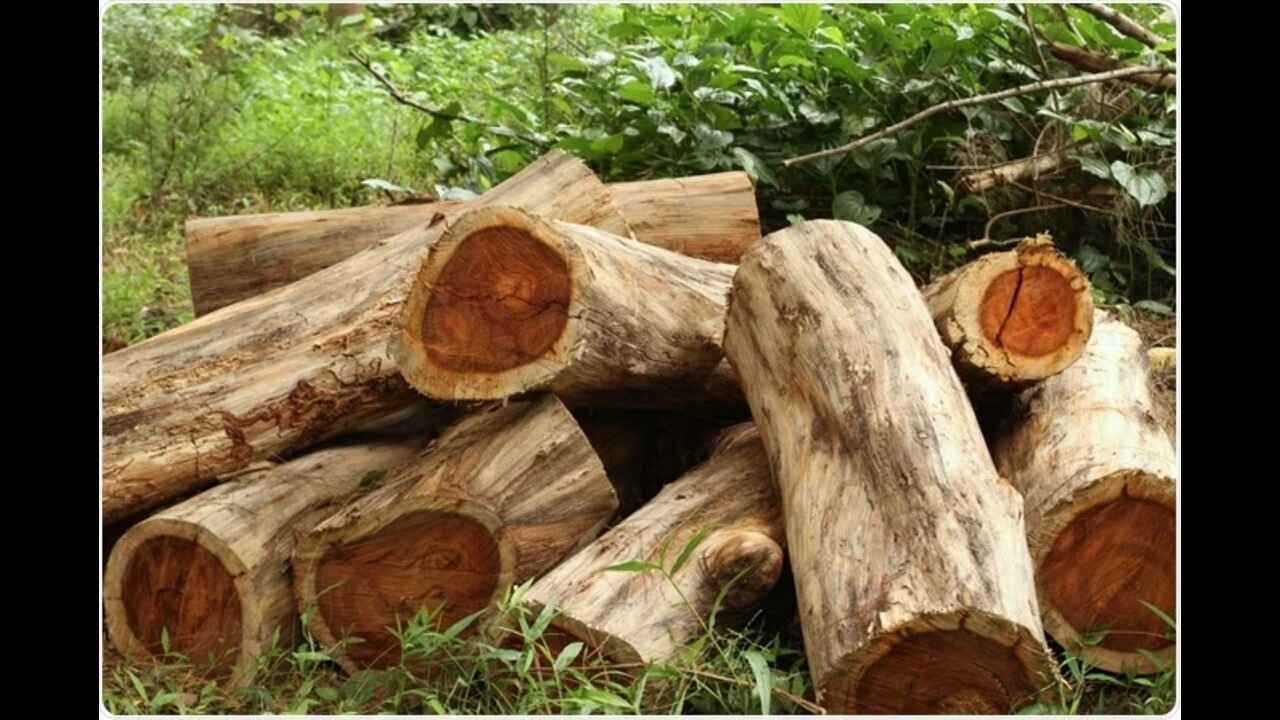

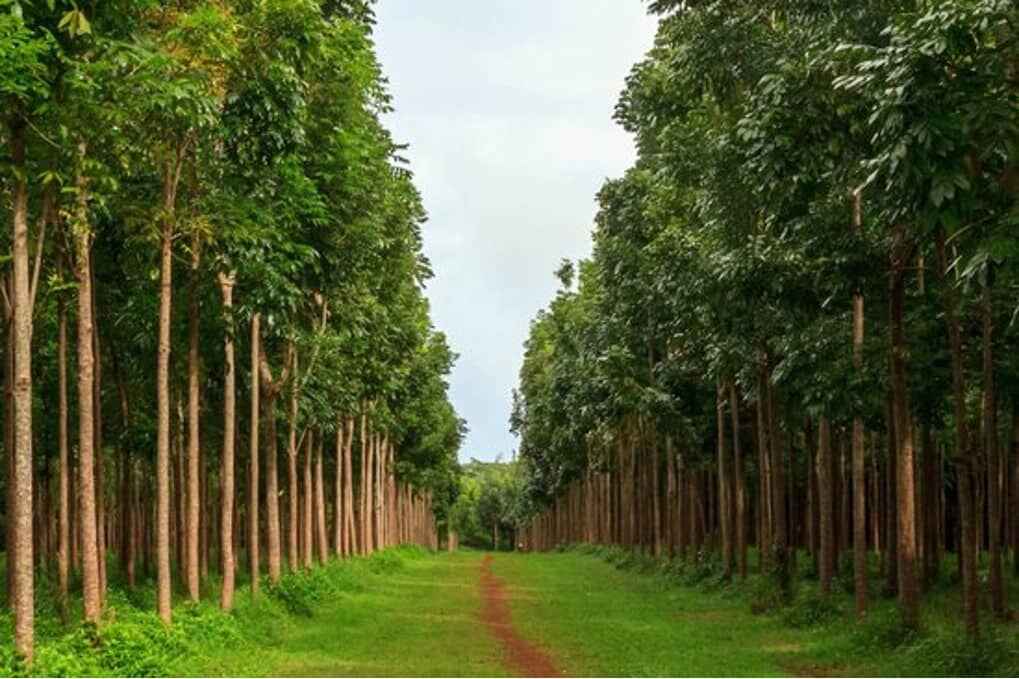

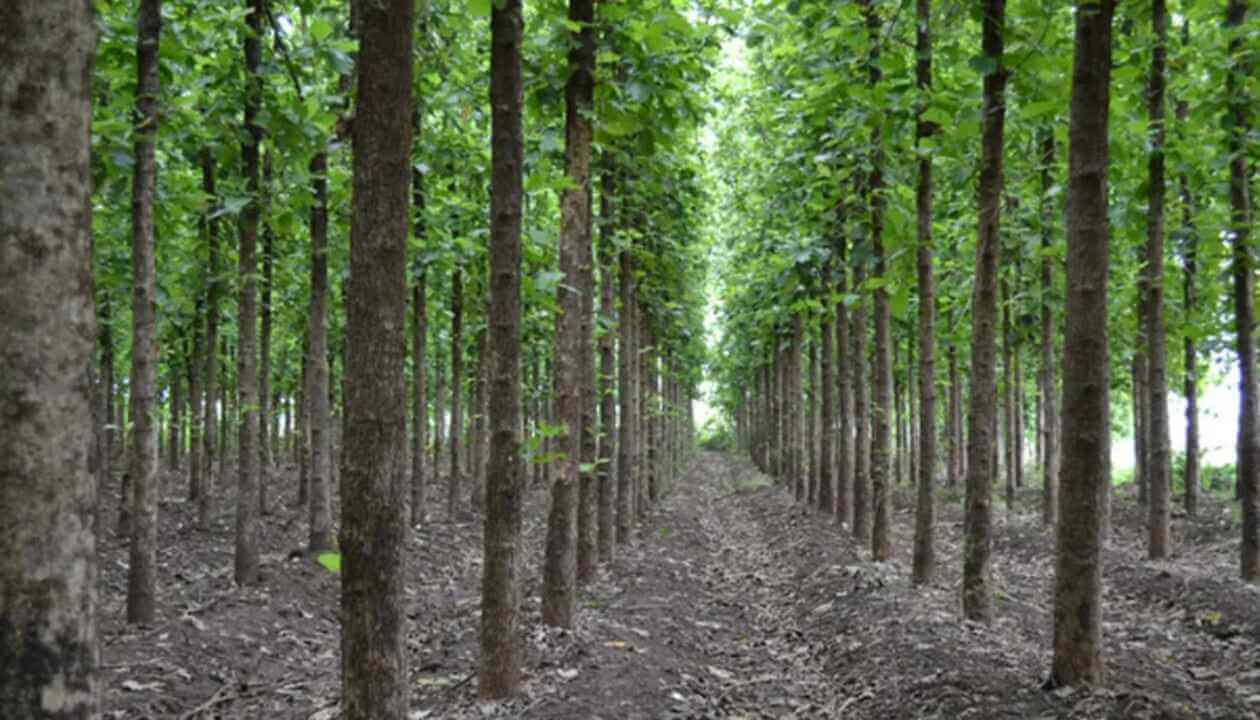
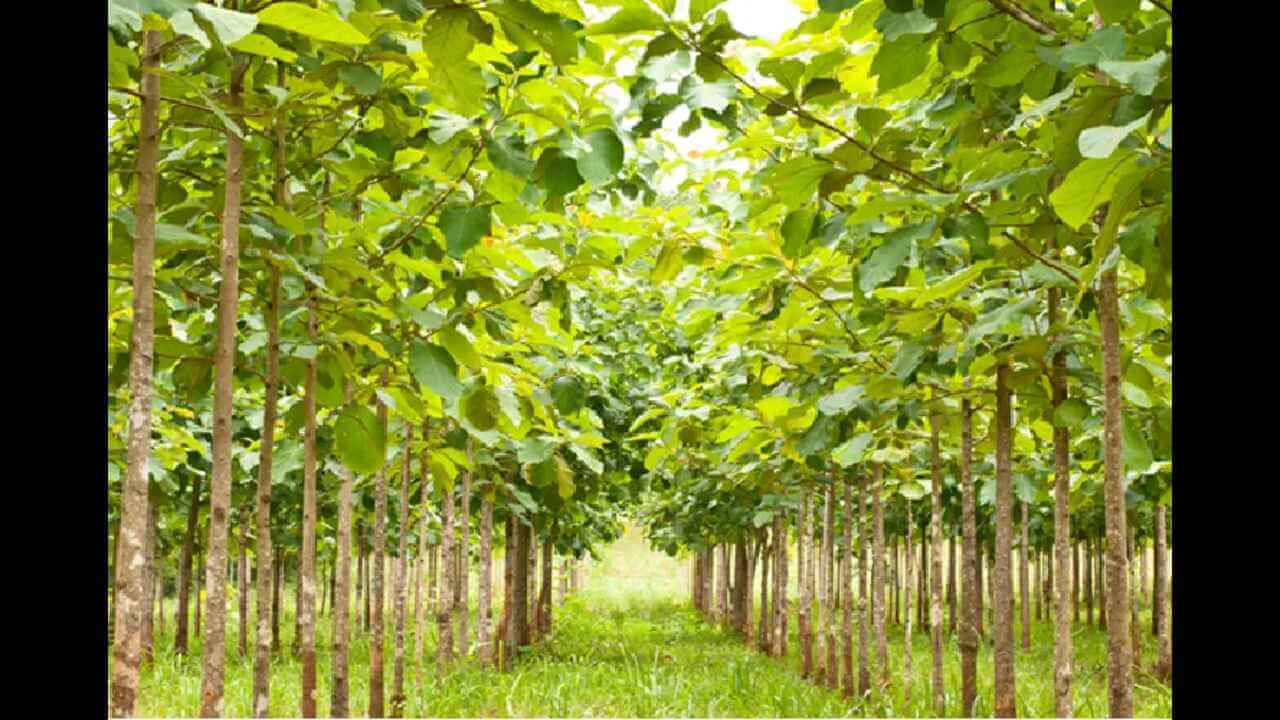
A very comprehensive and informative article in this field. It has enlighten me a lot.
I am interested to invest teak wood farming in 55 cents.
I need some suggestions farming. like distance between two trees etc.
Wonderful post
Excellent post. I definitely love this site. Thanks!